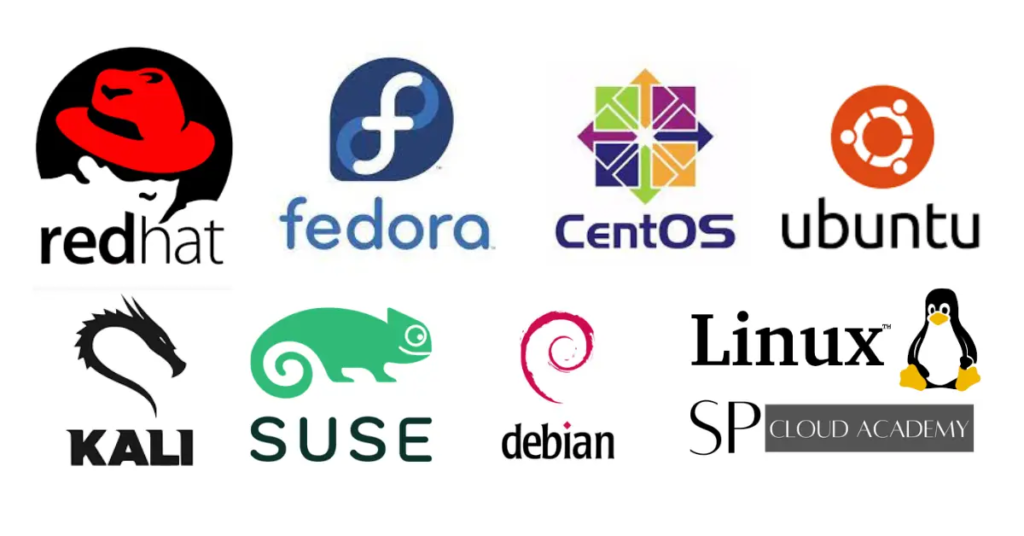
Understanding Operating Systems is crucial for anyone planning to start a career as a remote software developer. Operating Systems are the foundation upon which all software applications run, and a good understanding of OS can greatly influence the efficiency, security, and compatibility of software development projects.
For remote developers, who often work with diverse teams and across various platforms, being proficient in different operating systems ensures smooth collaboration, efficient use of development tools, and the ability to troubleshoot and optimize applications for different environments. Moreover, with the increasing relevance of cloud computing and virtualization in today’s development workflows, a strong foundation of OS concepts is indispensable for leveraging these technologies to build scalable, reliable, and high-performing solutions. Therefore, mastering the intricacies of Operating Systems not only enhances a developer’s technical skillset but also broadens their career opportunities in the remote work landscape.
What is an Operating System?
An Operating System is software that manages computer hardware, software resources, and provides common services for computer programs. Essentially, it’s the bridge between users and the physical components of a computer system, ensuring efficient and fair resource usage.
Types of Operating Systems
Windows

Developed by Microsoft, Windows is known for its graphical user interface (GUI), compatibility with a wide range of software, and dominance in the personal computer market. It’s user-friendly and supports a vast ecosystem of applications.
Unix/Linux

Unix, the precursor to Linux, is known for its robustness, multi-user capabilities, and efficiency in handling multiple tasks simultaneously. Linux, an open-source OS inspired by Unix, powers many servers, desktops, and embedded systems around the world. It’s highly customizable, secure, and favored for its performance and flexibility.
macOS

Developed by Apple Inc., macOS is the operating system for Mac computers. It’s known for its sleek design, intuitive user interface, and seamless integration with other Apple products. macOS is preferred by professionals in creative industries for its stability and high-quality software support.
Basic Concepts and Components
- Kernel: The core of an OS, responsible for managing system resources and communication between hardware and software.
- Process Management: Handles the creation, execution, and termination of processes.
- Memory Management: Manages memory allocation for processes and ensures optimal memory use.
- File System: Organizes, stores, and provides access to files on storage devices.
- Device Drivers: Facilitate communication between the OS and hardware devices.
- User Interface (UI): The space where interactions between humans and computers occur. UIs can be graphical (GUIs) or text-based (command line).
- Architecture (32-bit vs. 64-bit): Refers to the operating system’s capability to process data and use memory.
User Interface: GUI vs. Command Line
- GUI: Offers visual representations of file systems, applications, and actions. It’s user-friendly, making it accessible to a broader audience.

- Command Line: Requires text-based commands to perform operations. It’s powerful, offering more control and flexibility to experienced users.

Virtualization and Cloud Computing
Virtualization allows a single physical machine to run multiple OS instances, maximizing resource utilization. Cloud computing takes this further by offering virtualized resources over the internet, enabling scalable and flexible resource usage without the need for physical hardware.
Recent Trends in Operating Systems

- Containerization: Simplifies deployment by encapsulating applications in containers, making them lightweight and portable across environments.
- Microservices Architecture: Breaks applications into smaller, independent services that communicate over a network, improving scalability and manageability.
- IoT and Edge Computing: Operating systems are becoming more optimized for IoT devices and edge computing, focusing on low power consumption, efficient performance, and real-time processing.
Leave a Reply